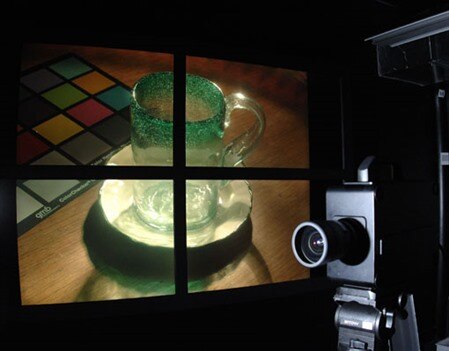Researchers at the University of Warwick have developed the world’s first complete High Dynamic Range (HDR) video system, from video capture to image display, which will help a range of users including: surveillance camera operators, surgeons using video to conduct or record surgery, and camera crews following a football being kicked from sunshine into shadow. “The natural world presents us with a wide range of colors and intensities. In addition, a scene may be constantly changing with, for example, significant differences in lighting levels going from outside to inside or simply as the sun goes behind some clouds etc. A human eye can cope with those rapid changes and variety but a traditional camera is only capable of capturing a limited range of lighting in any scene. The actual range it can cope with depends on the exposure and f-stop setting of the camera. Anything outside that limited range is either under- or over-exposed. HDR imagery offers a more representative description of real world lighting by storing data with a higher bit-depth per pixel than more conventional images. Although HDR imagery for static images has been around for 15 years, it has not been possible to capture HDR video until now. However such HDR images are typically painstakingly created in computer graphics or generated from a number of static images, often merging only 4 exposures at different stops to build an HDR image,” said Professor Alan Chalmers of WMG’s Visualization Research group at the University of Warwick. For more information please visit: http://www.gohdr.com/
Eavesdropper

